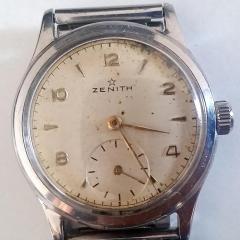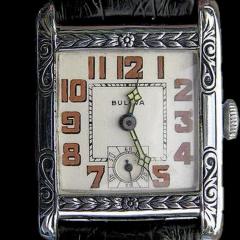Help with regulating mechanical Tissot
-
Recently Browsing
- No registered users viewing this page.
-
Topics
-
Posts
-
He's trying to tell you something like this isn't really a good plan. Just a reminder of something when they quote something from the other page when I looked up your serial numbers Estimated Production Year: 1937 Run Quantity: 4,000 Grade/Model Run: 310 of 329 Estimated Production Year: 1917 Run Quantity: 2,000 Grade/Model Run: 127 of 329 You will note that one of your watches was a batch of 2000 made in 1917 and the other was a batch of 4000 made in 1937. Then did you notice how the main plate has a serial number the complete serial number? Then all the rest of the bridges have a partial of that serial number and typically the serial number is also scribed on the balance wheel. The problem with manufacturing when these watches were made was that there were variations as you can see the balance bridges do not interchange because they're not of the same batch. Basically what happens is the main plate is made the bridges are made there assembled together and then the holes for the wheels the jewels etc. are done when everything is assembled as this is the only way they have to get all of the alignments absolutely perfect. Then each of the escapement's and balance wheels are adjusted for each watch.
-
I've never been able to find any information on jewel sizes.
-
I had thought about doing that. Is there a concern that if I can't get the crown off that the water from rust remover and penetrating oil might get trapped within the crown/stem assembly?
-
By steve1811uk · Posted
Hi, Does anyone know if there is any kind of dimensional reference for the Seiko jewels used in their movements? Specifically I would like to know the dimensions of Seiko part 011307 that I am not able to source. The jewel is found in the 27 jewel 4006 movement as well as some other obscure Seiko movements. -
By steve1811uk · Posted
Finally I have the watch running at approximately -5 SPY off wrist approx 15 degrees and approximately +5 SPY on wrist. I did try adjusting it over a larger temperature range of +5 degrees up to on wrist temperature without success. I could adjust well at both 5 degrees and wrist temperature but I then found that there was a significant loss of approx 20 SPY at mid temperature of around 20 degrees.
-




Recommended Posts